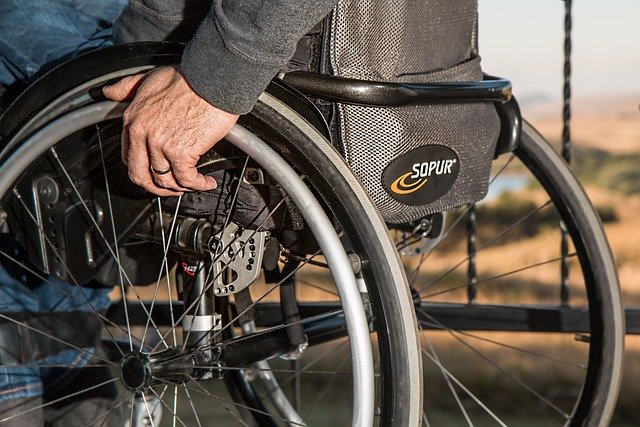Mobility Scooters Covered by Medicare: Eligibility Guide
Medicare mobility scooters serve as essential aids for individuals with limited mobility, enhancing independence and quality of life. Understanding Medicare’s Durable Medical Equipment coverage, eligibility criteria, and the prescription process facilitates access to these devices. Evaluating financial considerations and scooter models helps tailor the selection to individual needs, ensuring cost-effective and reliable solutions.

Why should you learn more about Medicare mobility scooters today?
Medicare mobility scooters offer a lifeline to those struggling with mobility issues. These devices can significantly improve quality of life, allowing users to maintain independence and participate in daily activities with greater ease. By understanding the coverage options and eligibility requirements, you can make informed decisions about acquiring a mobility scooter through Medicare, potentially saving thousands of dollars in out-of-pocket expenses.
What are Medicare mobility scooters and how do they work?
Medicare mobility scooters, also known as power-operated vehicles (POVs), are battery-powered devices designed to assist individuals with limited mobility. These scooters typically feature a seat mounted on a wheeled platform, controlled by a tiller or steering column. They come in various sizes and configurations, including three-wheeled and four-wheeled models, to suit different needs and environments.
Who is eligible for Medicare coverage of mobility scooters?
To be eligible for Medicare coverage of a mobility scooter, you must meet specific criteria. First, you need to be enrolled in Medicare Part B. Additionally, your doctor must certify that you have a medical need for the scooter and are unable to perform mobility-related activities of daily living (MRADLs) using other mobility aids like a cane, walker, or manual wheelchair. You must also be able to safely operate the scooter and have adequate strength to transfer to and from the device.
What is the prescription process for obtaining a Medicare scooter?
The prescription process for a Medicare mobility scooter involves several steps. Your doctor must conduct a face-to-face examination to assess your mobility needs and provide a written order. This order should include a diagnosis, prognosis, and explanation of why a mobility scooter is medically necessary. You’ll then need to obtain the scooter from a Medicare-approved supplier, who will work with your doctor to ensure all documentation is in order before submitting a claim to Medicare.
How does Medicare coverage work for mobility scooters?
Medicare Part B covers mobility scooters under its Durable Medical Equipment (DME) benefit. If approved, Medicare typically pays 80% of the Medicare-approved amount for the scooter, while you’re responsible for the remaining 20% coinsurance. It’s important to note that you must meet your annual Part B deductible before coverage begins. Additionally, to ensure coverage, you must obtain the scooter from a Medicare-enrolled supplier who accepts assignment.
What factors should you consider when choosing a mobility scooter?
When selecting a mobility scooter covered by Medicare, consider factors such as weight capacity, battery life, turning radius, and overall dimensions. Three-wheeled scooters offer greater maneuverability but may be less stable, while four-wheeled models provide more stability but require more space to turn. Consider your home environment, typical usage scenarios, and any specific medical needs when making your choice. It’s also crucial to work with your healthcare provider and a reputable supplier to ensure the scooter meets Medicare’s requirements and your personal needs.
| Scooter Type | Weight Capacity | Battery Range | Key Features | Estimated Medicare-Approved Amount |
|---|---|---|---|---|
| 3-Wheel Compact | Up to 300 lbs | 10-15 miles | Highly maneuverable, ideal for indoor use | $1,500 - $2,000 |
| 4-Wheel Standard | Up to 350 lbs | 15-20 miles | More stable, suitable for outdoor use | $2,000 - $2,500 |
| Heavy-Duty | Up to 500 lbs | 20-25 miles | Reinforced frame, wider seat | $2,500 - $3,500 |
Prices, rates, or cost estimates mentioned in this article are based on the latest available information but may change over time. Independent research is advised before making financial decisions.
In conclusion, Medicare mobility scooters offer a valuable solution for individuals with limited mobility. By understanding the eligibility requirements, prescription process, and coverage details, you can navigate the path to obtaining a mobility scooter through Medicare more effectively. Careful consideration of your specific needs and the available options will help ensure you select the most suitable scooter to enhance your mobility and independence.
This article is for informational purposes only and should not be considered medical advice. Please consult a qualified healthcare professional for personalized guidance and treatment.




